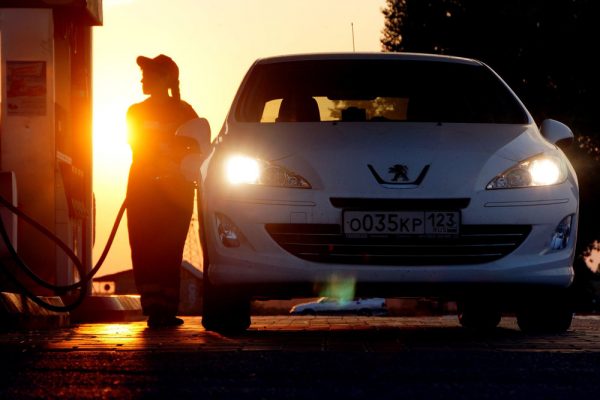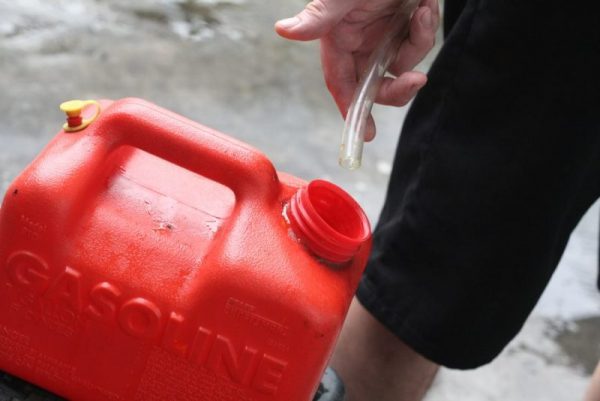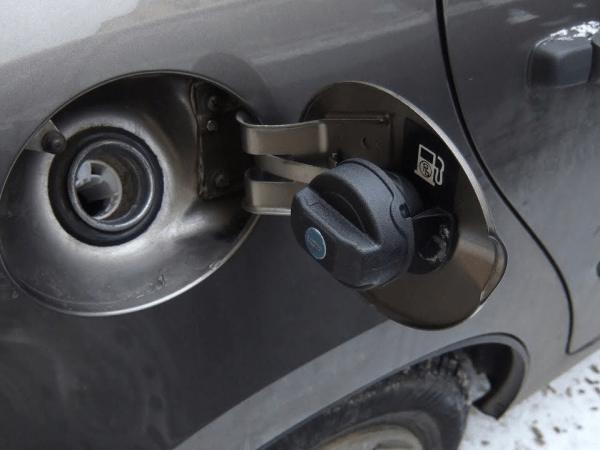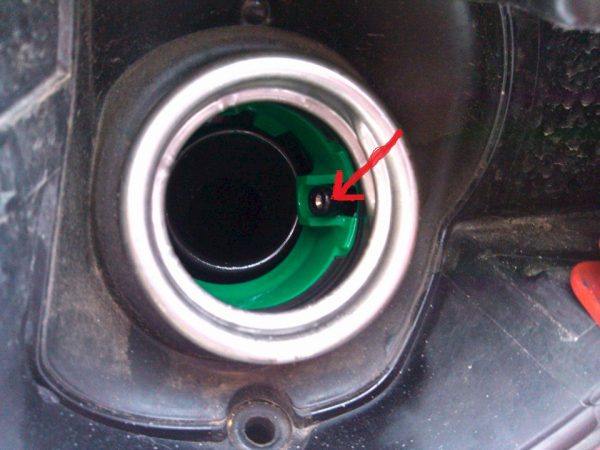
Why you can’t fill a full tank of a car: myths and their rebuttals
Content
Often refuelers or car owners themselves fill the fuel tank to the very neck. How dangerous is this and why shouldn't it be done? Basic myths, misconceptions and realities.
Why You Shouldn't Fill Up a Full Tank of Gas
There is no unequivocal opinion on whether it is necessary to fill a full tank. Some motorists believe that this is dangerous, while others, on the contrary, advise doing this all the time. Consider the main arguments for and against, as well as which of them are myth and which are real.

Common myths
There are a number of myths according to which you cannot fill a full tank.
Dishonest tankers
It is believed that there are negligent gas station workers who, when refueling to a full tank, can deceive. They either pour some of the gasoline into a canister while the owner pays for it at the checkout, or they hold the trigger of the gun and in fact less gasoline gets into the tank than indicated on the meter. The short readings that will be visible on the dashboard can easily be attributed to errors due to a full tank. Like, the car simply cannot show that the tank is full, or does not recognize it. However, if a customer is deceived at a gas station, it does not matter whether he fills in 50 or 10 liters. Just the amount of underfilled gasoline will be different.

Excess weight impairs the dynamics of the car
With a full tank, the weight of the car increases, which negatively affects its dynamic characteristics, and fuel consumption increases. This is true, but the difference will be quite insignificant. To eliminate such a factor as excess weight, it is better to remove everything unnecessary from the trunk and ride without passengers. A full tank also does not lead to a change in the car's handling, as the manufacturers took this situation into account during the design process.
Full tank attracts thieves
This is a ridiculous statement. The thief cannot see how much fuel is in the tank. Another thing is that if the robbers decide to drain the fuel, then with a full tank, the damage will be more significant.

Increased danger
Some point out that fuel expands in the summer and if the tank is full, it will begin to pour out of it. This increases the risk of fire.
The filling nozzle shuts off the gas supply, so there is always some room left to expand the fuel. Even when refueling a full tank, the car is not left at the gas station, and on the way home, part of the fuel will be used up. The tank of a modern car is reliably protected from the possibility of leaks, so this statement is not true.
Fuel evaporates from the tank
If you fill up a full tank and leave the car in the parking lot for a while, then some of the fuel will disappear. This is also not true, since the fuel system has a high tightness. Leaks and fumes are possible if it malfunctions. These can be microcracks or a loosely closed gas tank cap. In the presence of such breakdowns, the fuel will evaporate, regardless of how much of it is in the tank.

Real reasons
There are reasons why it is really not recommended to fill a full tank of a car:
- at an unknown or dubious gas station, it is better to immediately fill up some fuel, as it may be of poor quality;
- on older cars, if the ventilation system of the fuel tank is broken, a vacuum is created during its emptying. This can lead to failure of the fuel pump. Modern cars don't have this problem.
 If the ventilation system of the fuel tank is broken, then a vacuum will be created in it
If the ventilation system of the fuel tank is broken, then a vacuum will be created in it - if an accident occurs, a large amount of fuel can spill, thus increasing the likelihood of fire. In practice, this rarely happens, but it is still possible;
- modern cars have an electronic system that does not allow you to fill the tank above the norm. If this happens, the car may simply not start.
Video: is it possible to fill a full tank
Benefits of a full tank
There are certain advantages of refueling a full tank of a car:
- When going on a long trip, it is better to fill the tank completely. This will allow you to stop at gas stations less often and save time on the road;
- frequent trips to the gas station provide for a change of route. This increases the distance and leads to unplanned waste of both money and time;
- if the tank is constantly half empty, then the fuel pump located in the tank sucks in fuel with air, and this negatively affects its operation;
- at any gas station there is a certain underfilling, which is 50-100 ml. Filling 40-50 liters, you lose this volume. But refueling four times 10 liters, you lose four times more.
To fill a full tank or not, each motorist decides for himself. In any case, it is necessary to refuel without overflow. It is best to do this at proven gas stations, while you must always be careful and accurate.


